13 Priceless Pieces of Jewelry Lost to History
Throughout history, many pieces of jewelry have captured the imagination, their beauty and mystery leaving an unforgettable mark. Some of these treasures were lost to time, stolen, or simply vanished without a trace. While their stories remain fascinating, their whereabouts are still unknown. These pieces were not just ornaments; they held deep cultural significance and value. Let us explore the intriguing tales behind these lost treasures, which continue to inspire curiosity.
This post may contain affiliate links, which helps keep this content free. Please read our disclosure for more info.
The Hope Diamond
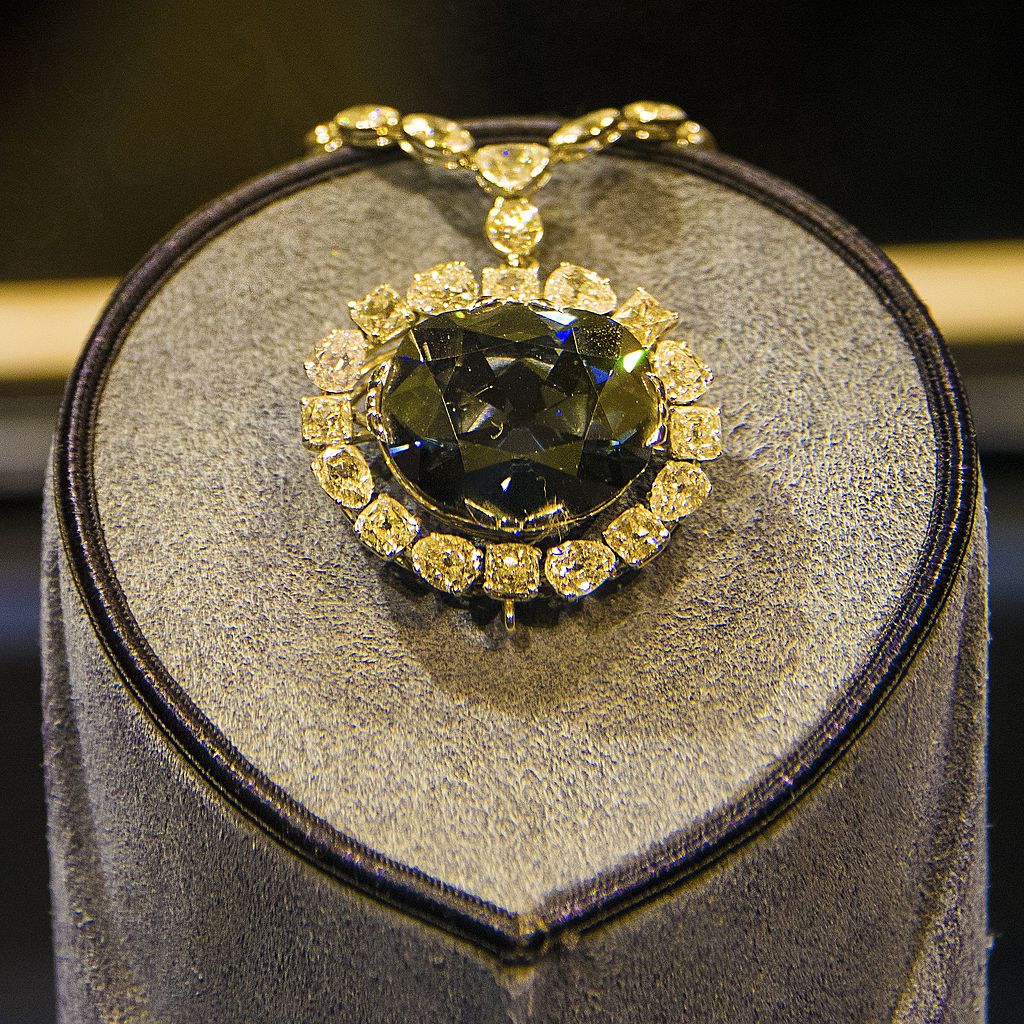
The Hope Diamond is a large, blue gemstone with a dark history. It was originally owned by French King Louis XIV and passed through many hands, including that of American socialite Evalyn Walsh McLean. In the 1950s, the diamond was sold to a private collector, and its location is unknown today. Its estimated value is $200 million, and it is said to be cursed due to the misfortune of its owners.
The diamond is known for its deep blue color and size, making it one of the most famous gems in the world. Its disappearance added to the legend, with many wondering if the curse is real. Its story of mystery and tragedy has made it a sought-after subject in both historical and cultural circles. Despite efforts to track it down, the Hope Diamond has never resurfaced.
The Nizam’s Necklace
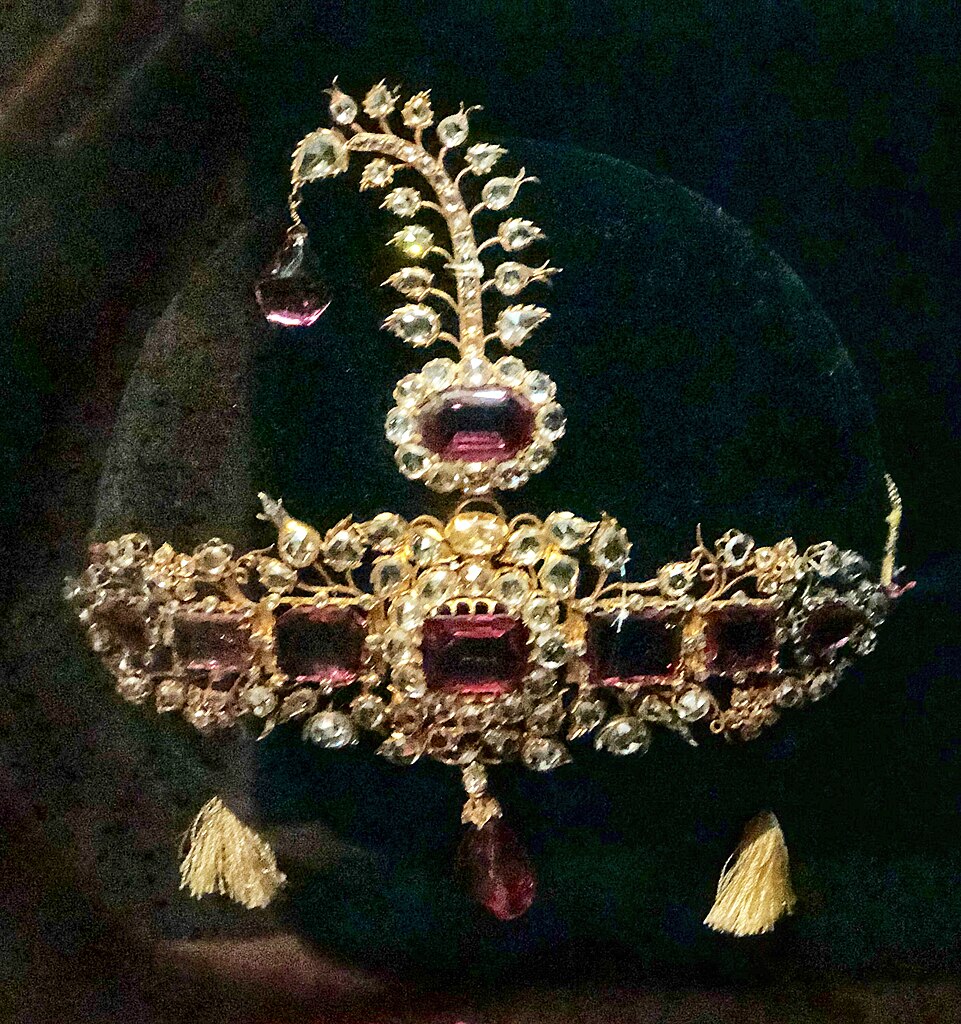
The Nizam’s Necklace, owned by the Nizam of Hyderabad, India, was a stunning piece of jewelry featuring 4,000 diamonds. It was lost during the political unrest in India in 1948, when the Nizam was forced to leave his throne. The necklace’s value is estimated at $400 million, making it one of the most valuable lost treasures. Despite many rumors, the necklace has never been recovered.
The necklace was renowned for its size and opulence, making it an important part of Indian royal heritage. Its disappearance during the chaotic period of Indian independence only added to its allure. The Nizam’s Necklace remains a symbol of lost wealth and power. Efforts to locate the necklace have been unsuccessful, and its current whereabouts are still a mystery.
The Florentine Diamond
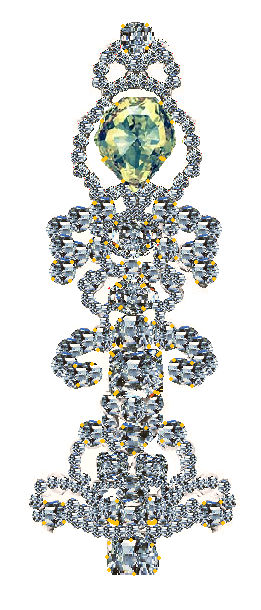
The Florentine Diamond was a 137-carat stone with a unique green color. It was once owned by the Medici family in the 16th century before it disappeared during a robbery in the 18th century. The diamond is estimated to be worth $200 million today. Its disappearance during the French Revolution only added to the mystique surrounding its story.
The diamond was highly prized for its rare color and size, making it an important piece in European history. Many believe it was stolen and hidden during the revolution, but no one knows for sure. Its value and cultural significance have only grown over the centuries. Despite numerous attempts to find it, the Florentine Diamond remains lost.
The Black Prince’s Ruby
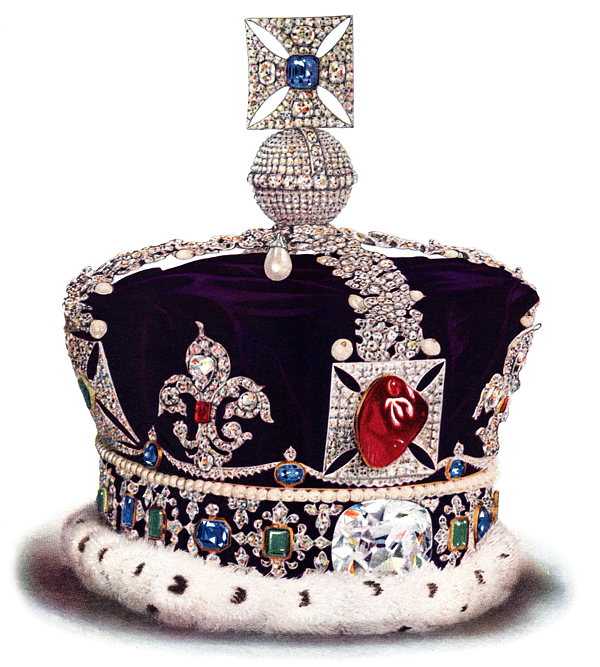
The Black Prince’s Ruby is a large red gemstone set in the British Imperial State Crown. It was acquired by Edward of Woodstock in the 14th century and was later lost during an act of theft in the 15th century. The ruby is valued at $60 million today, and its theft has become a part of British royal history. Despite extensive efforts to locate it, the ruby has never been recovered.
The ruby has a deep connection to British history, once worn by kings during important ceremonies. It was passed down through generations before it was lost, leaving a gap in the crown jewels. The mystery surrounding its disappearance has intrigued historians for centuries. The Black Prince’s Ruby is one of the most famous lost jewels in the world.
The Shah of Iran’s Imperial Necklace
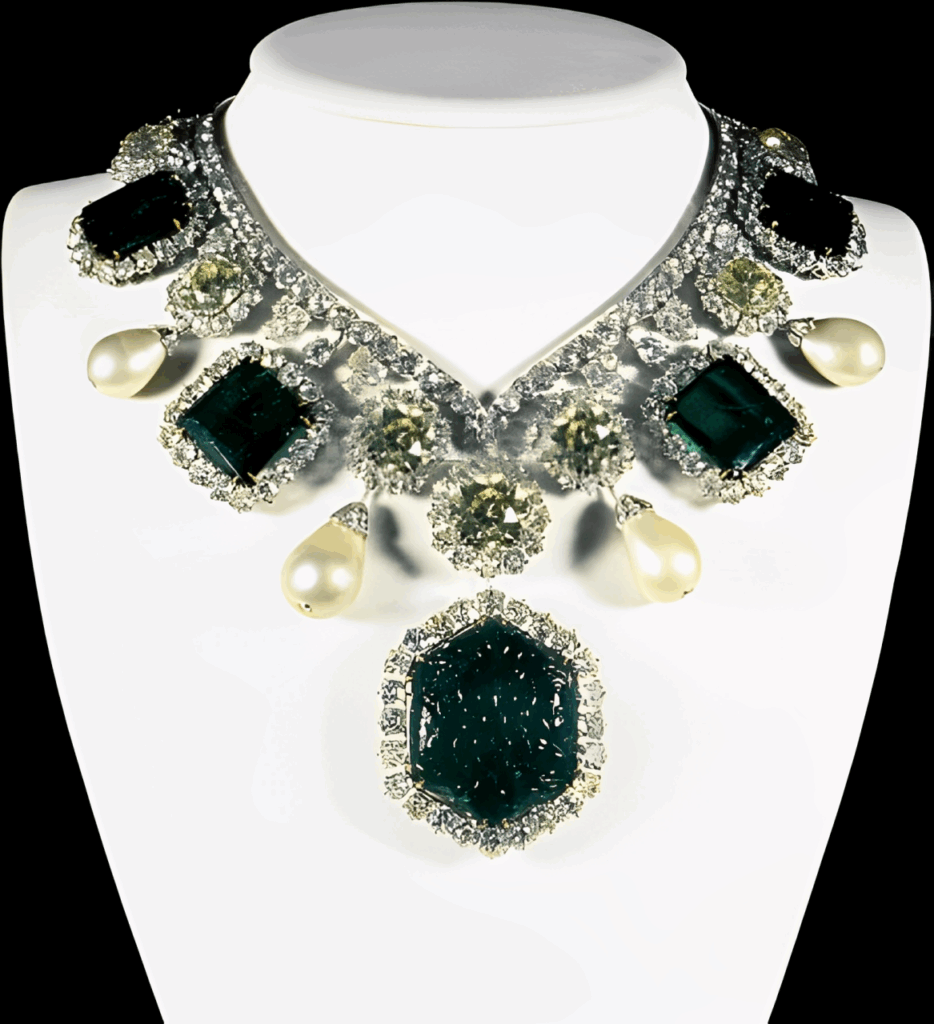
The Shah of Iran’s Imperial Necklace was an exquisite piece of jewelry composed of diamonds and emeralds. It was lost during the Iranian Revolution in 1979, when many royal treasures were looted. Its current market value is estimated at $100 million, making it one of the most valuable lost pieces. Despite numerous claims about its location, the necklace has never been found.
The necklace was a symbol of Iran’s royal wealth and splendor, featuring some of the world’s finest gemstones. Its loss represents the collapse of the monarchy and the turbulent political changes in Iran. Many collectors and historians have tried to locate the necklace, but it remains elusive. The Shah’s Imperial Necklace is a reminder of a once-glorious era.
The Star of India
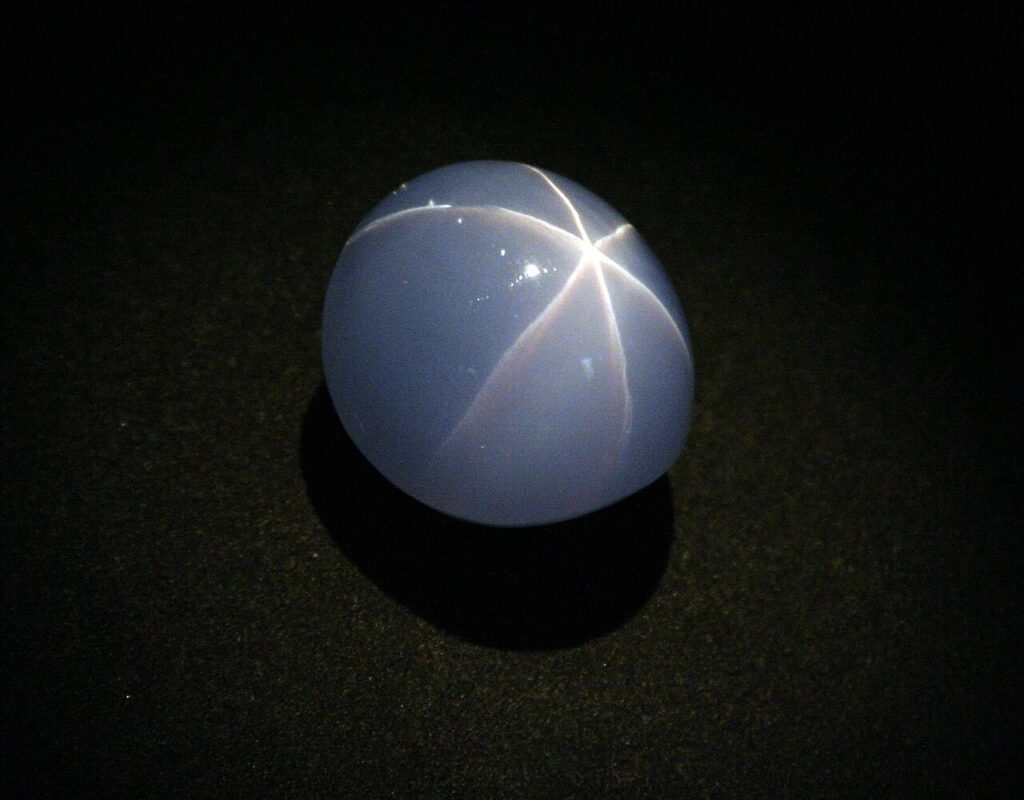
The Star of India is a 563-carat sapphire, once part of J.P. Morgan’s gem collection. It was stolen from the American Museum of Natural History in 1964 and has never been recovered. Its estimated worth is $100 million today, and its loss remains one of the most infamous jewelry heists in history. Despite extensive investigations, the Star of India has not resurfaced.
The sapphire is famous for its unique star-shaped inclusions that give it a mystical appearance. It was a prized item among collectors and historians before it disappeared. The theft sparked widespread media attention, but no clues about its current location have been found. The Star of India continues to captivate the public’s imagination.
The Imperial Fabergé Eggs
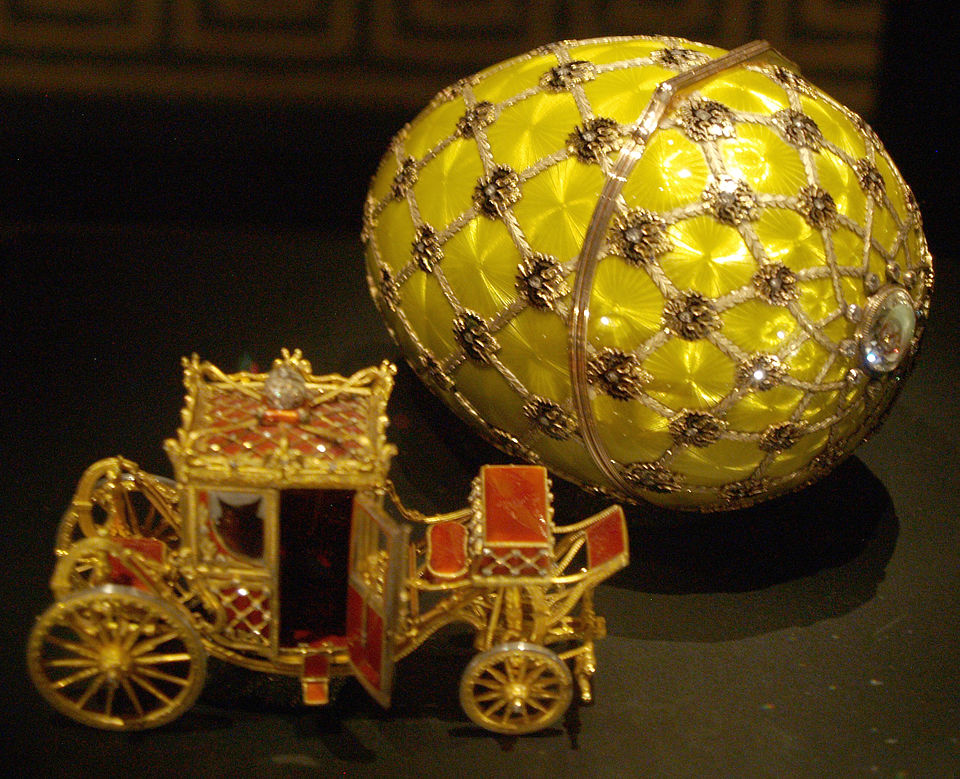
The Fabergé Eggs are a series of ornate, jeweled eggs created by Russian jeweler Carl Fabergé for the Russian royal family. Several of these eggs were lost during the Russian Revolution in 1917 when many royal treasures were seized or destroyed. The current value of these eggs is difficult to estimate, but some could be worth over $30 million. Most of the eggs have never been found.
Each egg was a masterpiece, containing surprises such as miniature figurines or intricate designs. Their disappearance during the revolution made them highly sought after by collectors. While some eggs have been recovered, many remain lost, and their location is unknown. The Fabergé Eggs are symbols of lost royal luxury and craftsmanship.
The Koh-i-Noor Diamond
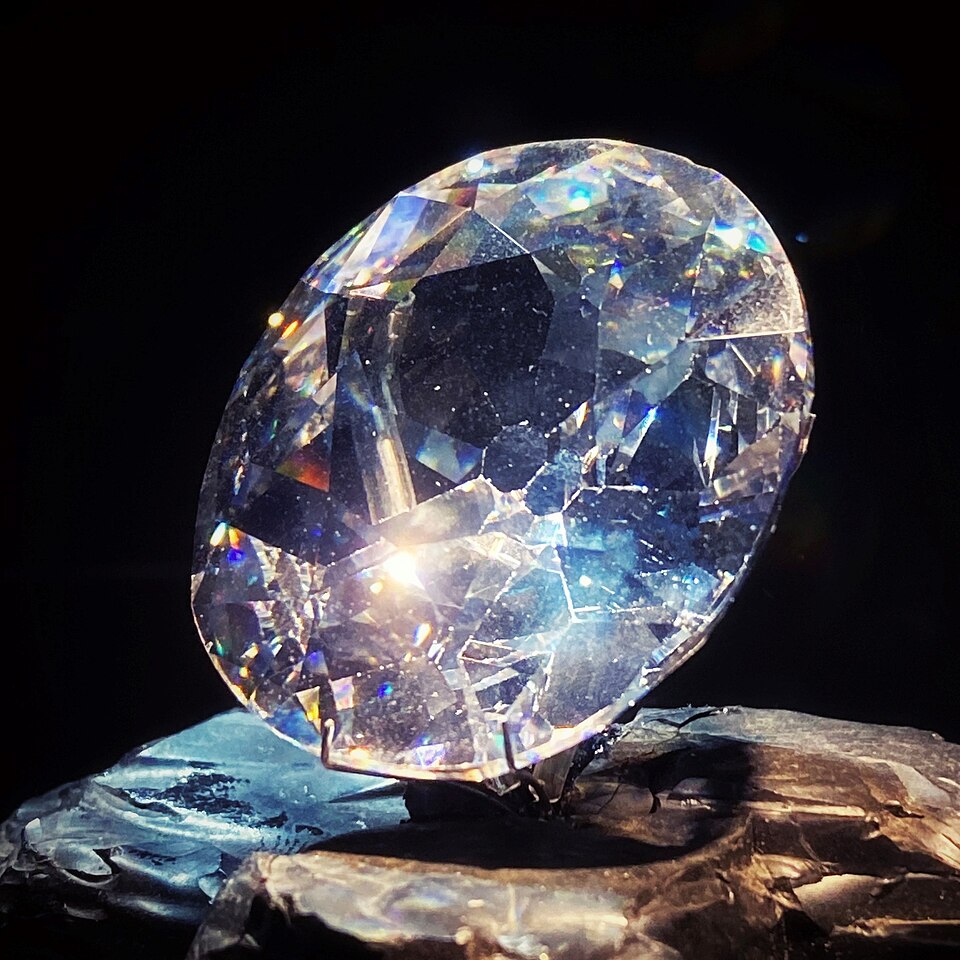
The Koh-i-Noor Diamond has a long and controversial history, once belonging to several Indian rulers before being taken by the British in the 19th century. It was lost during the British departure from India in 1947, though its exact fate is unclear. The diamond’s estimated value is over $200 million, making it one of the most valuable lost jewels. It is believed to be hidden or locked away somewhere, though its location is unknown.
The diamond’s long history has made it one of the most coveted gems in the world. It has passed through many royal families, and its disappearance only adds to its mystery. The Koh-i-Noor is closely tied to the political and cultural history of both India and Britain. Its recovery remains a source of great speculation.
The Dresden Green Diamond
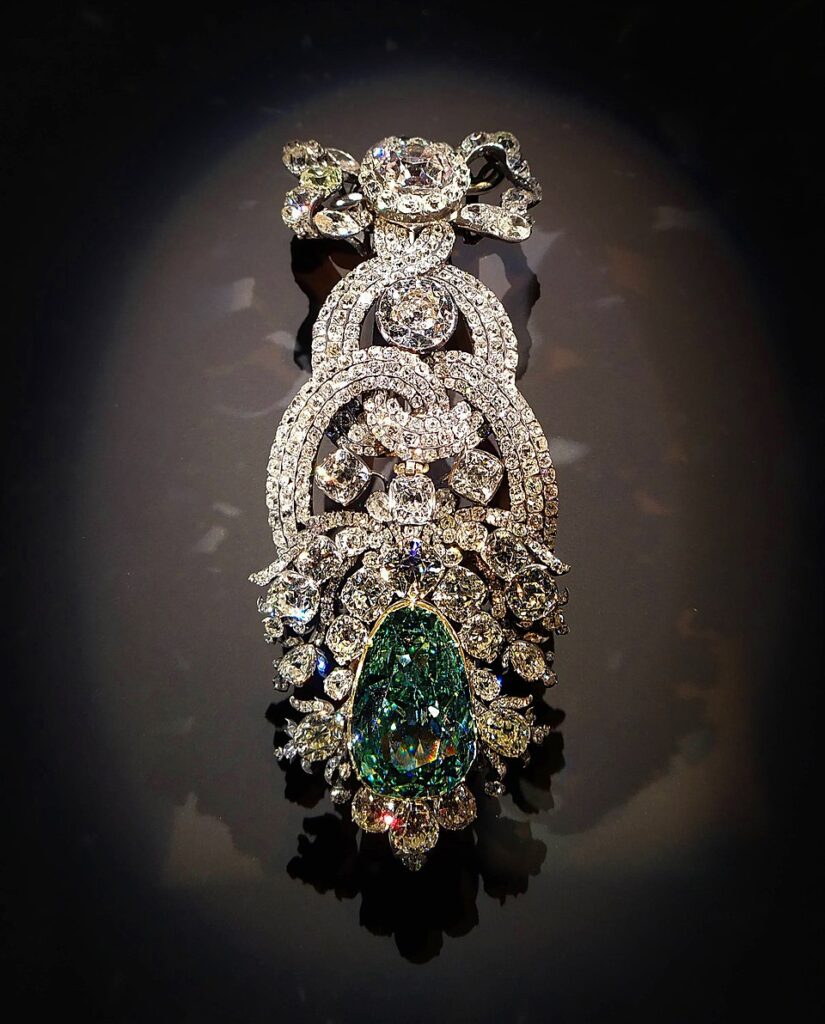
The Dresden Green Diamond is a rare 41-carat diamond with a green hue, once part of the Saxon royal collection. It was lost during World War II when Dresden was bombed, and many treasures were taken or destroyed. Its value is estimated at $100 million, but its current whereabouts are still unknown. The diamond’s unique color and size make it a highly sought-after piece.
The Dresden Green Diamond was one of the most famous gems in Europe before it was lost. It was known for its rare green color, which made it stand out among other diamonds. Efforts to recover it have failed, and its story remains one of the great unsolved mysteries of lost jewels. The diamond continues to intrigue collectors and historians alike.
The Wittelsbach-Graff Diamond
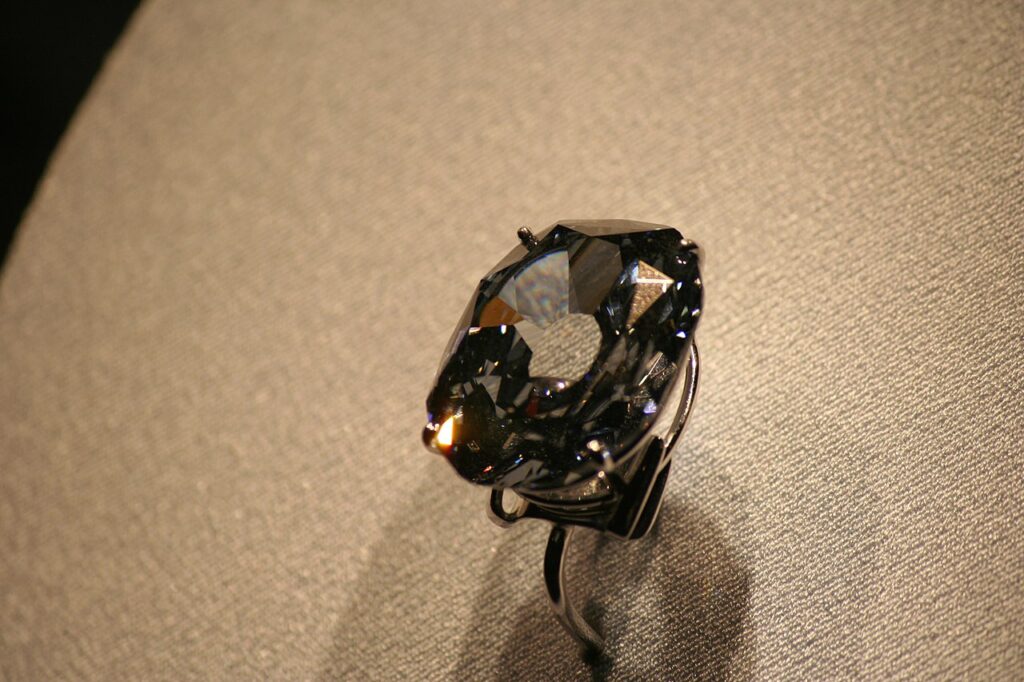
The Wittelsbach-Graff Diamond is a rare blue diamond, once owned by the Royal House of Wittelsbach in Bavaria. It was lost during the 18th century and later resurfaced, eventually being purchased by Laurence Graff in 2008 for $24 million. Its current estimated value is around $80 million. The diamond’s long journey and history make it one of the most fascinating jewels in the world.
The Wittelsbach-Graff Diamond was prized for its deep blue color and unique clarity. It was once thought to be lost forever before it was found and sold. The diamond’s story is one of both tragedy and recovery, adding to its mystique. Despite its recovery, its long history as a lost gem only increases its value.
The Blue Heart Diamond
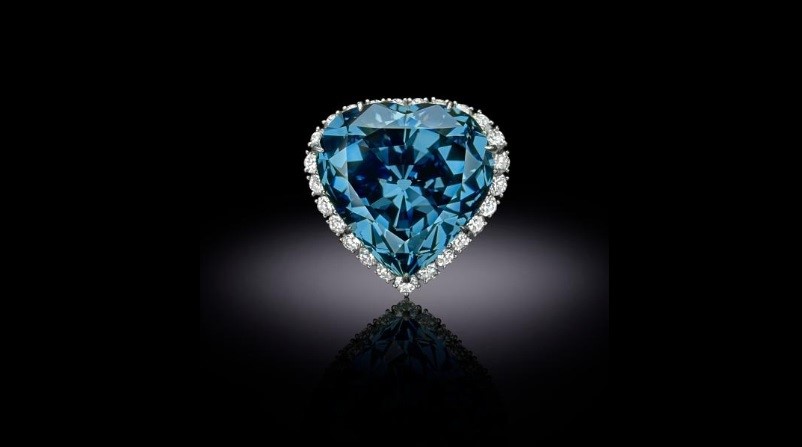
The Blue Heart Diamond is a 30.82-carat blue gemstone with a mysterious and tragic past. It is believed to have been lost after passing through several royal hands, and its last known owner was a French collector in the early 20th century. The diamond’s value is estimated at $100 million today, though its current location remains unknown. Its tragic history has contributed to its mystique and allure.
The Blue Heart Diamond’s blue color and unique shape made it a highly prized piece. It was said to be cursed, with many of its owners meeting untimely deaths. The diamond’s disappearance has only added to its legend, making it a symbol of both beauty and misfortune. Efforts to locate it have been unsuccessful, and its recovery remains a mystery.
The Crown Jewels of Nepal
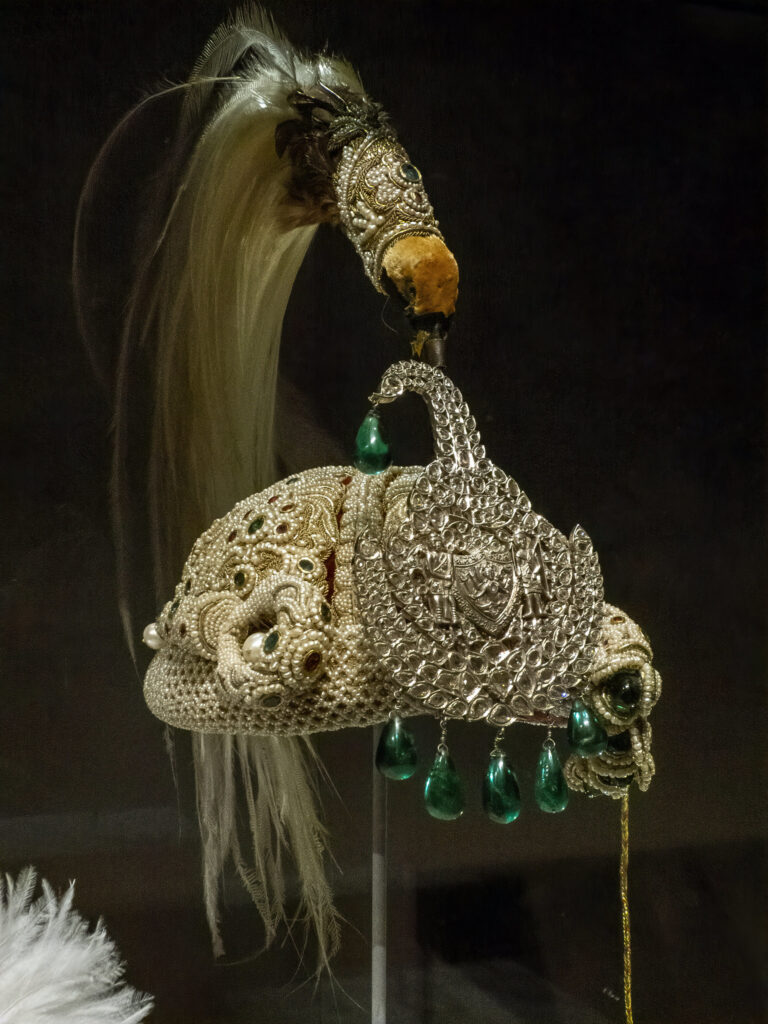
The Crown Jewels of Nepal were once owned by the royal family and included a large collection of diamonds and rubies. They were lost during the political instability of the 2000s, following the royal massacre in Nepal. Their current value is estimated at $50 million, though their exact fate remains unknown. The jewels have never been recovered, making them one of the most valuable lost treasures from Asia.
The Crown Jewels of Nepal were symbols of the royal family’s power and wealth. Their loss during the political turmoil marked a significant moment in Nepalese history. Despite rumors of their hiding place, the jewels have not been found. The Crown Jewels of Nepal remain one of the great mysteries of lost royal treasures.
The Sancy Diamond
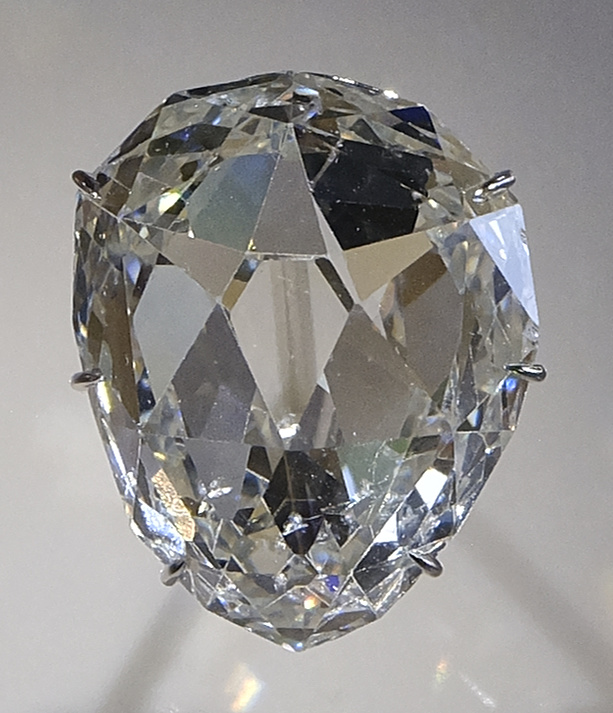
The Sancy Diamond is a 55-carat diamond with a rich history dating back to the 16th century. It was lost during the French Revolution in the late 18th century and has changed ownership several times throughout history. Its value is currently estimated at $80 million, though it is still missing. The diamond’s disappearance during such a volatile time has made its recovery a long-standing mystery.
The Sancy Diamond was once owned by French kings and was famous for its unique shape and history. It passed through several royal families and private collectors before disappearing. The diamond’s story remains one of the most intriguing in the world of lost treasures. Efforts to find it have been unsuccessful, and its fate continues to be a subject of speculation.
Although these priceless pieces of jewelry are lost to time, their legacies live on in the stories that continue to be told. The allure of their beauty and historical significance ensures that they will never be forgotten. Each lost treasure adds to the mystery and fascination of jewelry’s enduring impact on history. While their recovery remains uncertain, their tales will continue to spark curiosity for generations.
This article originally appeared on Avocadu.
